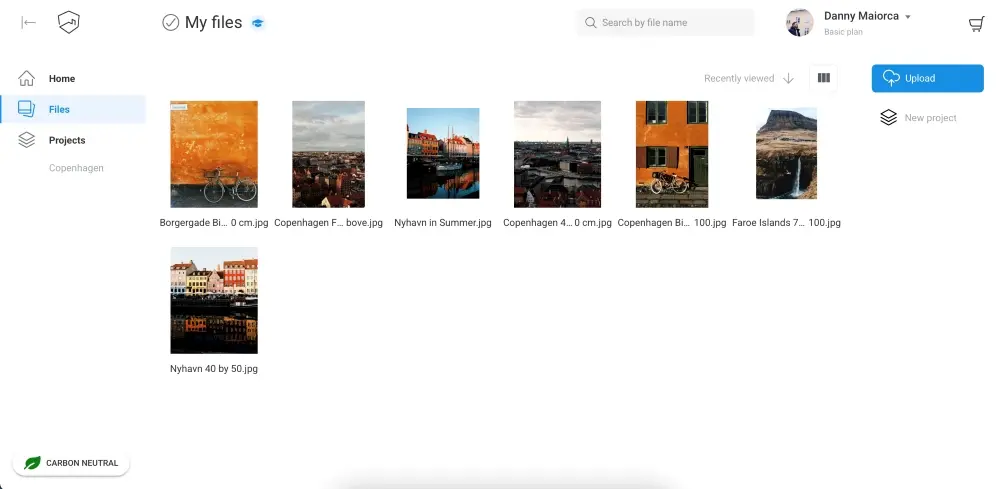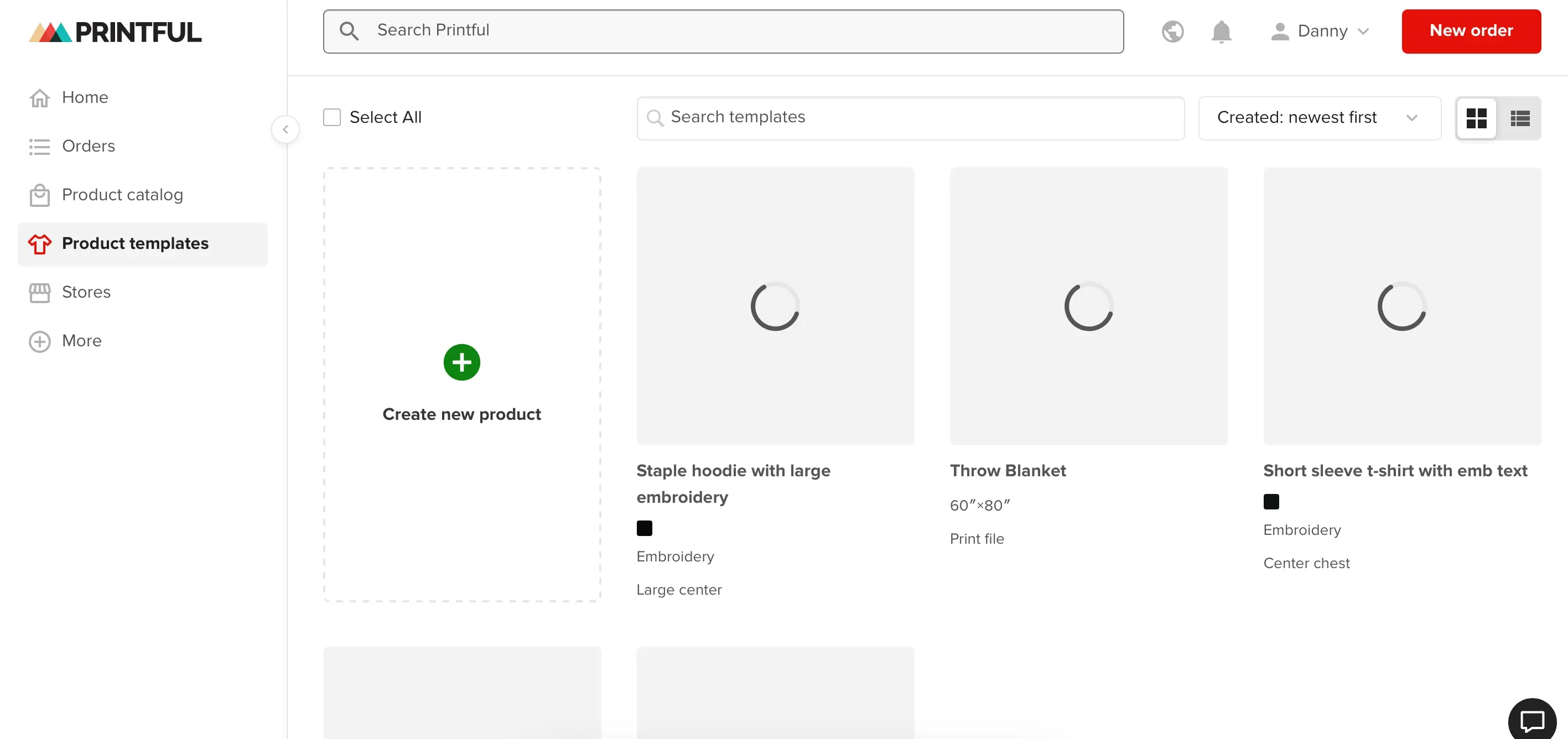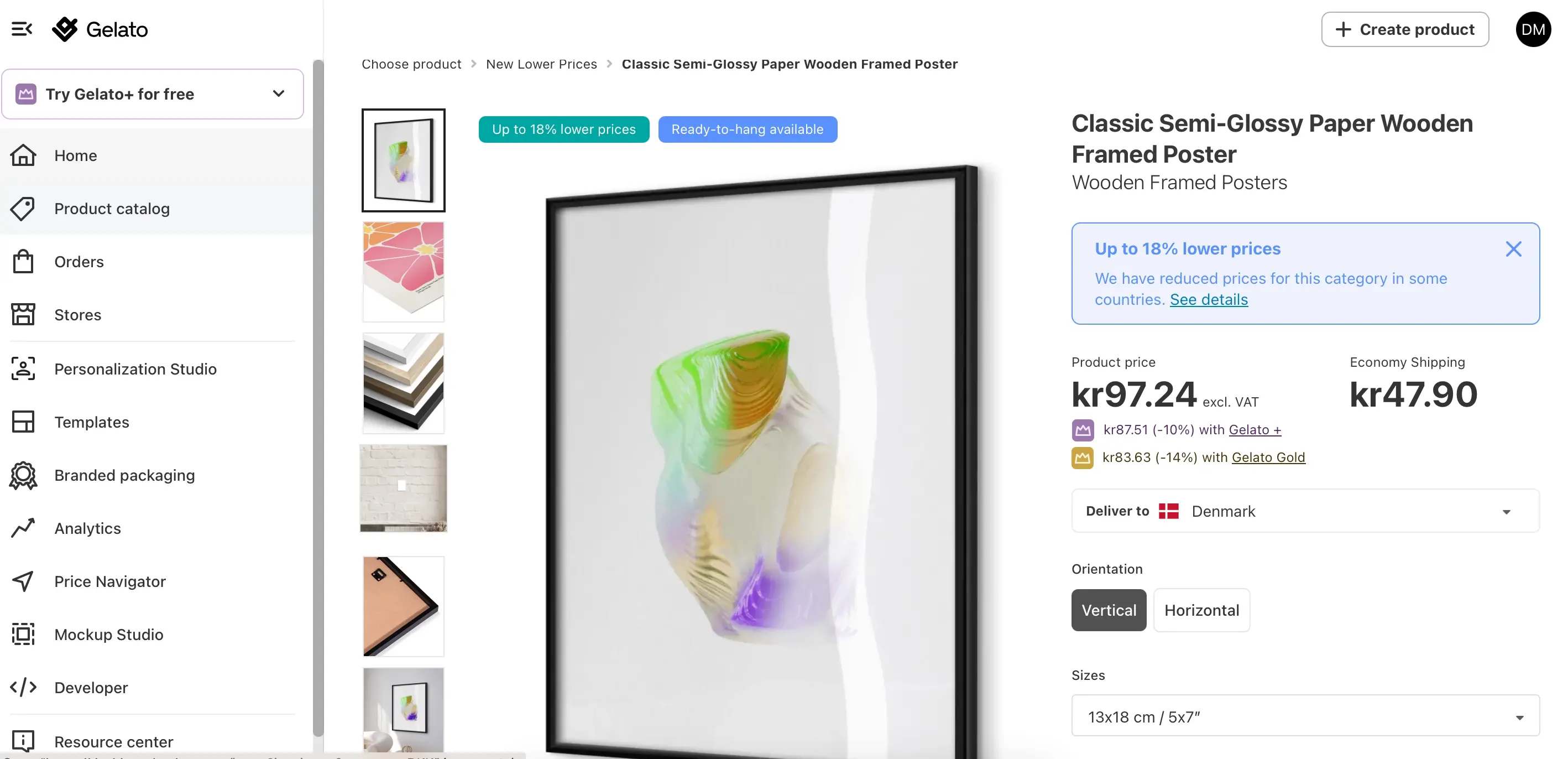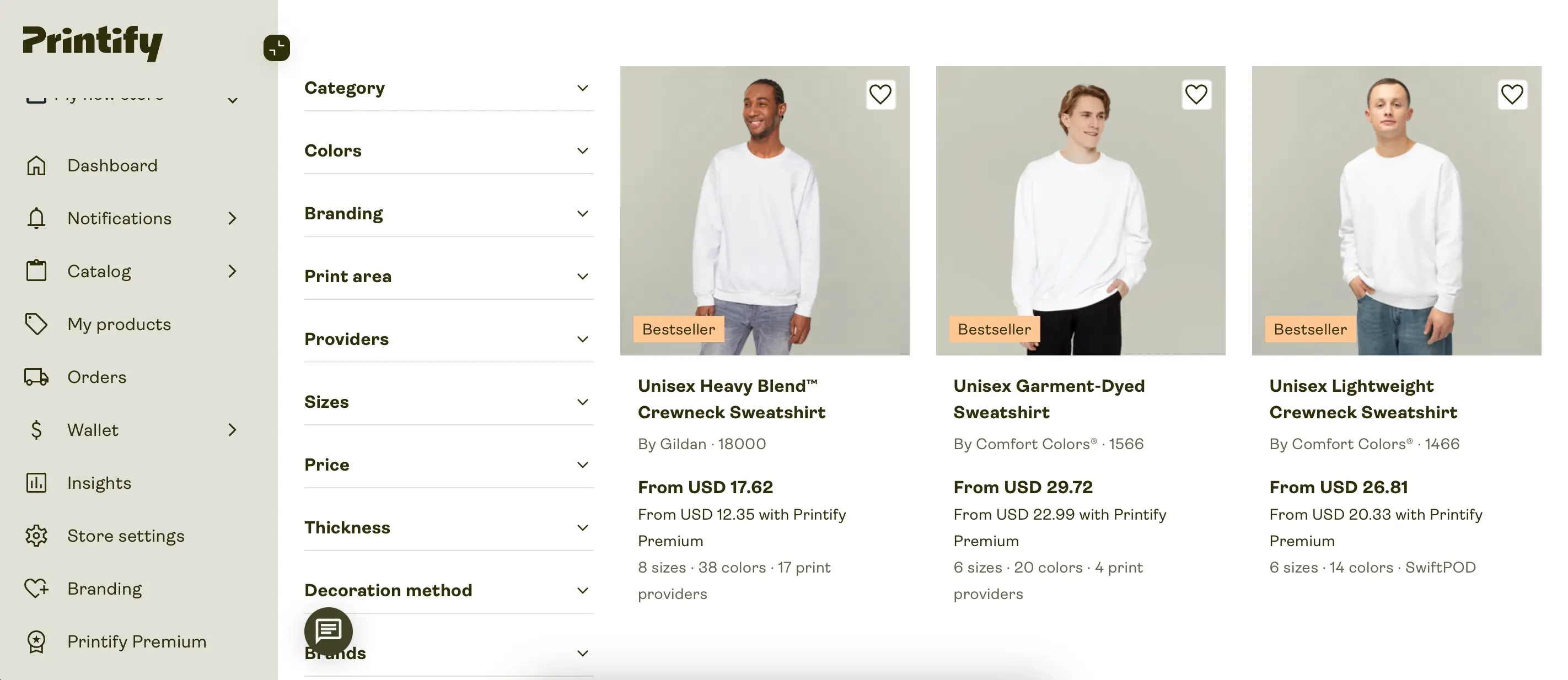With the dropshipping market expected to surpass $400 billion in 2025, you’ll find plenty of business opportunities if you’re willing to research and put in the effort. However, it’s important to avoid the many pitfalls that can arise when starting a business in this field. Picking an unreliable supplier is one of those.
Comprehensive research will help you avoid these problems and get your business off to a good start. You’ll find plenty of excellent dropshipping suppliers, regardless of what you’re trying to sell. Your choice will largely depend on your needs.
Today, we’ll discuss the best dropshipping suppliers. By the end of this article, you should have a much better idea of which one makes the most sense. One thing worth keeping in mind is that even with a good dropshipping supplier, you still need a reliable hosting provider and a professional dropshipping website. Customers will then be more likely to trust you, resulting in more long-term revenue.
Let’s now look at each of these dropshipping providers in more detail:
1. Wholesale2B
If none of the options mentioned so far appeal to you, consider looking at Wholesale 2B. You have a huge range of options to pick from, such as art, tech accessories, and educational products. So, regardless of the field you’re trying to enter, you’re off to a great start when you pick this platform.
Wholesale2B integrates with multiple platforms. For example, you can use it if you have an eCommerce store. It’s also possible to integrate the tool with social media platforms like Facebook and online shopping networks like eBay.
Unlike many other tools on this list, Wholesale2B does not have a free plan. The least expensive pricing tier is $49.99 per month (this is just to integrate it with your preferred platform). Using its dropshipping store will cost an extra $30/mo, which is why you might want to consider buying your own hosting and becoming self-sufficient instead.
2. Theprintspace
Selling your art is often the next step up from being a freelance illustrator, photographer, or designer. While you can pick platforms that do the marketing for you, they often take a bigger cut than you might like. So, you might want to look at dropshipping your own prints once you’ve built a solid audience.
Theprintspace is an excellent dropshipping supplier with locations in the UK, Germany, and the US. You can ship your prints worldwide, and you’ll find helpful resources to help you prepare your images better.

When using theprintspace, you don’t need to pay anything until you make a sale. Moreover, you can choose what you want to price your prints at – giving you a better chance of achieving higher profit margins (while delivering value to your audience).
Theprintspace integrates with numerous platforms, including WooCommerce. You can print your art on museum-grade paper, and carbon-neutral shipping and sturdy packaging are also available.
3. Printful
Printful is another solid print-on-demand service. The company lets you create designs in all kinds of places, including each of the following:
- Hoodies
- Smartphone covers
- T-shirts
- Coffee mugs
- Tote bags
High-quality mockups can give you an idea of what your products will look like before you sell them. Another advantage is that you don’t need to worry about limits; Printful is fully scalable as you grow your online business.

Printful’s interface is very easy to use, and you should be able to create beautiful designs in little to no time. Once you’ve done that, you can integrate the service with your online store.
The base plan of Printful is free, with the exception of paying each time you make a sale. So, when factoring in the costs of setting up an eCommerce store, you should hopefully cut your costs a bit. If you need more features later, you can upgrade to a more premium option.
4. Gelato
Gelato is another popular print-on-demand dropshipping service. The company has production facilities in over 30 countries, making it ideal if your customers are worldwide. The homepage calculator can help you understand your potential profits.
Like Printful, you can print numerous products with Gelato. For example, several wall art options are available. You can sell your work with matte framed posters, canvases, wooden framed posters, and much more. Gelato is useful for photos, illustrations, and other kinds of art.

You can dropship with Gelato if you want to sell many other types of products. Men’s clothing and women’s clothing, ranging from t-shirts to hoodies and beanies, are all possibilities. You can customize each of these to meet your audience’s needs.
The number of production points will depend on the service you use. So, it’s worth keeping this in mind before you sign up. In addition to pay-as-you-sell options, you can get a paid subscription if you need other features.
5. DSers
AliExpress is one of the most popular eCommerce platforms in the world, and it provides some excellent dropshipping opportunities. DSers is its official dropshipping tool, and you can get started for free.
DSers has round-the-clock customer support for all plans, meaning you can get solutions to your problems without needing to wait too long. If you upgrade to a paid subscription, you also have the ability to track the status of every order – meaning you can provide full transparency to your customers.
When using DSers, you get access to some pretty helpful AI features. It’s possible to translate your products, allowing you to sell across borders more easily. Furthermore, you can leverage AI product title optimization tools. By doing this, you should find it easier to appeal to your audience.
DSers also has reasonable product limits for each plan, and as a result, you shouldn’t have too many problems scaling your eCommerce store and building a stronger brand.
Printify
Printify is a print-on-demand tool that might be a better alternative to DSers if you aren’t a big store. Even with a free plan, you receive unlimited product designs and can have as many as five stores on your account. If you sign up for a subscription, you can get as many as 10 stores.
It’s possible to make bulk orders with Printify, but the supplier is also ideal for one-off purchases. So, you’ll have flexibility – regardless of whether you’re starting an online clothing store or doing something else instead.

Printify lets you sell jumpers, t-shirts, and blankets. Moreover, you have the option to create your own mugs and hoodies – plus numerous other products. Choose whether you want to ship from the US, Canada, the UK, the EU, China, or Australia/New Zealand.
If you wish to upgrade, you can choose either a premium membership or an enterprise plan. The latter gives you unlimited stores and additional discounts on every product.
7. Redbubble
Redbubble is another comprehensive dropshipping platform that can handle shipping for numerous products. It’s mainly geared toward artists looking to sell, making it a great choice if you’re looking to make your creative entrepreneurial dreams come true.
You can sell all kinds of things on Redbubble, such as vintage posters. However, it’s not just a great tool for wall art. For example, it’s possible to create your own t-shirt designs and share them with the world. Furthermore, you can shop for phone cases, pillars, tote bags, and more.
You don’t need a Redbubble subscription to use the service. Instead, you’ll pay a flat fee each time you make a sale. If you want more consistency with your earnings per product, this might be a better alternative to some of the other options listed earlier.
How to Choose the Right Dropshipping Supplier
Choosing the right dropshipping supplier will largely depend on your individual needs. First and foremost, you need to know what kind of business you have. If you’re an artist, for example, you should specifically choose a supplier focusing on this.
To help you make a better decision, here are some of our top tips for what to consider:
Customer Support: Dropshipping poses numerous logistical challenges, and you need a support team that can help you with these. Look for suppliers with fast customer service; it doesn’t need to be round-the-clock, but the team should get back to you before too long.
Specialty: Different dropshippers sell different products. Your supplier needs to understand your industry and the things you sell, and it’s important that you look out for this when picking one.
Processing Times: You’ll want to ship things as efficiently as possible, and as a result, it’s worth keeping an eye out for your dropshipping supplier’s processing times.
Product Quality: Avoid selling faulty or low-quality products, as these will irritate your customers and inevitably damage your reputation. Make sure that your products are of an exceptional standard; doing so will help you build repeat business.
Fees and Membership Subscriptions: Consider whether a monthly subscription makes more sense for you than one-off fees. If you’re starting out, they probably won’t, but this will likely change as you scale.
Locations Served: Choose a dropshipping partner that ships to your main markets.
Summary
Picking the right dropshipping supplier is the most important thing you can do to build a successful business in this space. You’ll find plenty of options for different specialties and niches, and it’s worth trying different ones if you’re unsure where to start. Focus on quality, locations served, and customer service – among other factors.
Frequently Asked Questions
Is dropshipping profitable?
Dropshipping can be profitable, but you’ll need to put significant time into growing your business. Expect to make little to no money in the first few years before things really pick up.
Are there any free dropshipping suppliers?
Many dropshipping suppliers are completely free to use (apart from needing to pay a fee when you make a sale). The money they take will depend on the supplier, and it’s worth reading the fine print beforehand.
How fast should dropshipping suppliers ship tier products?
At most, you should pick a supplier that ships within 5 business days. If they’re earlier than this, that would be even better. However, make sure that the quality is still good.

Danny is a seasoned freelance copywriter with 10+ years of managing his own websites in WordPress and other content management systems. He's an expert in eCommerce and sells his own photography prints, in addition to knowing about hosting domains having used several providers. Danny's strong writing expertise is evident in his bylines across several major tech publications, including Lifewire, MUO, and Make Tech Easier.
View all posts by Danny Maiorca




















